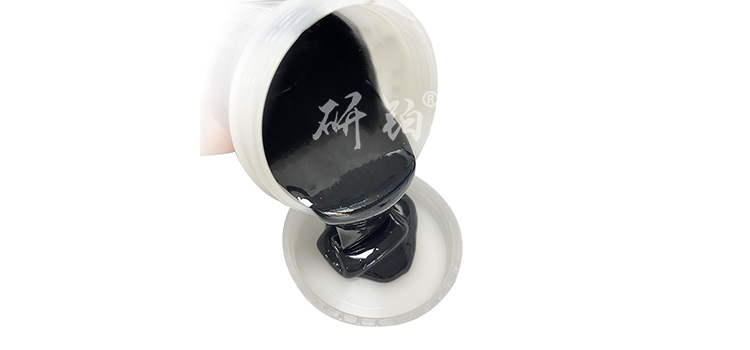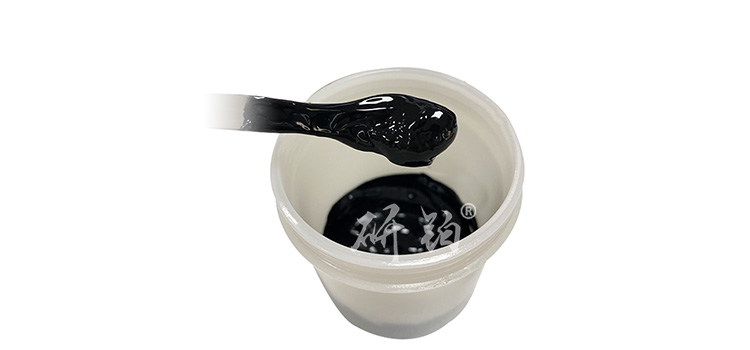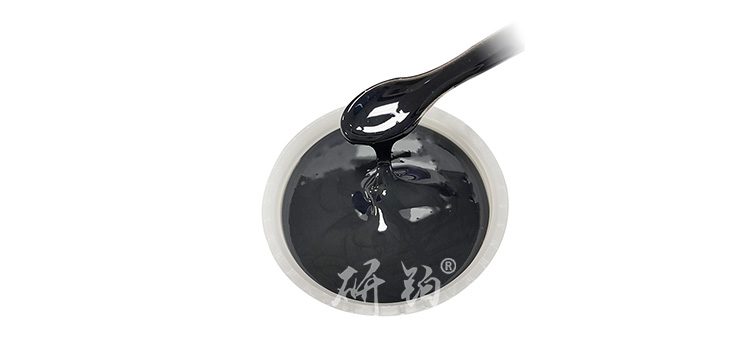

Hotline:0755-22277778
Tel:0755-22277778
Mobile:13826586185(Mr.Duan)
Fax:0755-22277776
E-mail:duanlian@xianjinyuan.cn
Ceramic heating resistor paste is widely used in various heating devices, such as household appliances, industrial equipment, and automotive electronics, due to its excellent electrical properties, mechanical strength, and chemical stability. However, when these devices require rapid heating and cooling operations, significant thermal stress may be generated due to differences in thermal expansion coefficients between different materials, which can affect the integrity of the slurry layer and its substrate. Therefore, researching and solving thermal stress problems is to ensureCeramic heating resistor pasteThe key to long-term stable operation.
Ceramic heating resistor paste is usually coated or printed on specific substrates to form heating elements. Due to the different coefficients of thermal expansion (CTE) between ceramic slurry and substrate materials (such as glass, metal, etc.), uneven expansion or contraction may occur between the two during rapid temperature rise and fall, leading to internal stress accumulation.
Rapid temperature rise and fall will not only exacerbate the problems caused by the difference in thermal expansion coefficients between the materials mentioned above, but also generate instantaneous temperature differences inside the materials, further increasing local stress. Especially for thin layer structures, this effect is more pronounced and may lead to cracks or other forms of damage.
Advanced Institute (Shenzhen) Technology Co., LtdThe research platinum brand ceramic heating resistor slurry produced is a product designed specifically to meet high-performance heating applications. It effectively alleviates the thermal stress problem during rapid temperature rise and fall processes through the following characteristics:

The influence of thermal stress should be considered in the early stage of product design, and suitable substrate materials should be selected to match as much as possibleCeramic heating resistor pasteThe coefficient of thermal expansion. In addition, stress concentration points can be dispersed through reasonable layout of heating areas, addition of buffer layers, and other methods.
Strict process control is also an important means of reducing thermal stress during the manufacturing process. For example, controlling the sintering temperature and rate to avoid rapid temperature changes; Using pre-processing techniques to improve substrate surface quality and enhance adhesion.
Finally, the finished product must undergo comprehensive testing and validation, including rapid temperature rise and fall cycling tests under simulated actual working conditions, to ensure that it can withstand the expected thermal stress without failure.
In summary, the thermal stress problem faced by ceramic heating resistor paste during rapid temperature rise and fall is complex and multifaceted. By selecting Advanced Institute (Shenzhen) Technology Co., Ltd.'s research platinum brand ceramic heating resistor slurry, combined with scientific design concepts and strict production processes, these problems can be greatly alleviated, ensuring the safe and reliable operation of heating elements. In the future, with the advancement of materials science and the development of technology, we look forward to more innovative solutions emerging to drive continuous progress in this field.
The above data is for reference only, and specific performance may vary due to production processes and product specifications.

Advanced Institute (Shenzhen) Technology Co., Ltd, © two thousand and twenty-onewww.avanzado.cn. All rights reservedGuangdong ICP No. 2021051947-1 © two thousand and twenty-onewww.xianjinyuan.cn. All rights reservedGuangdong ICP No. 2021051947-2